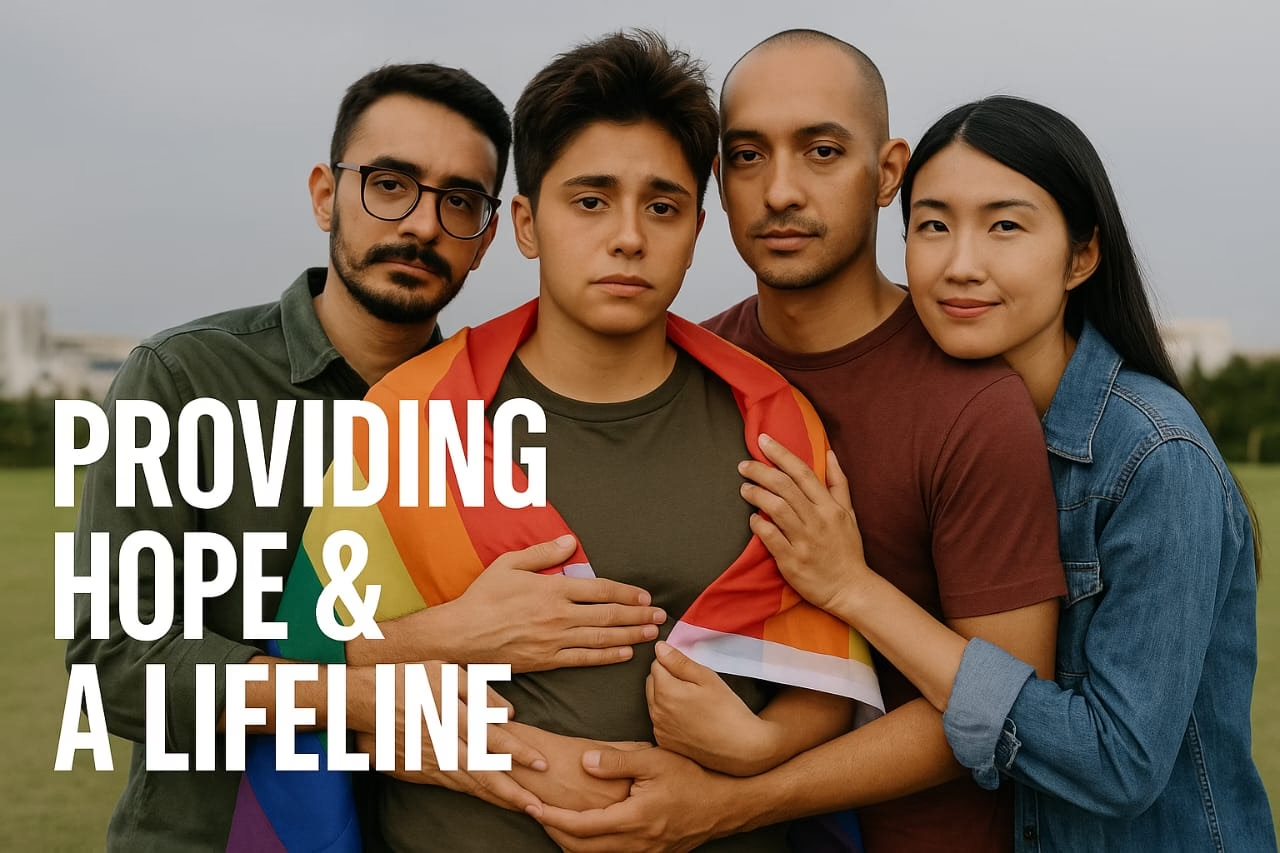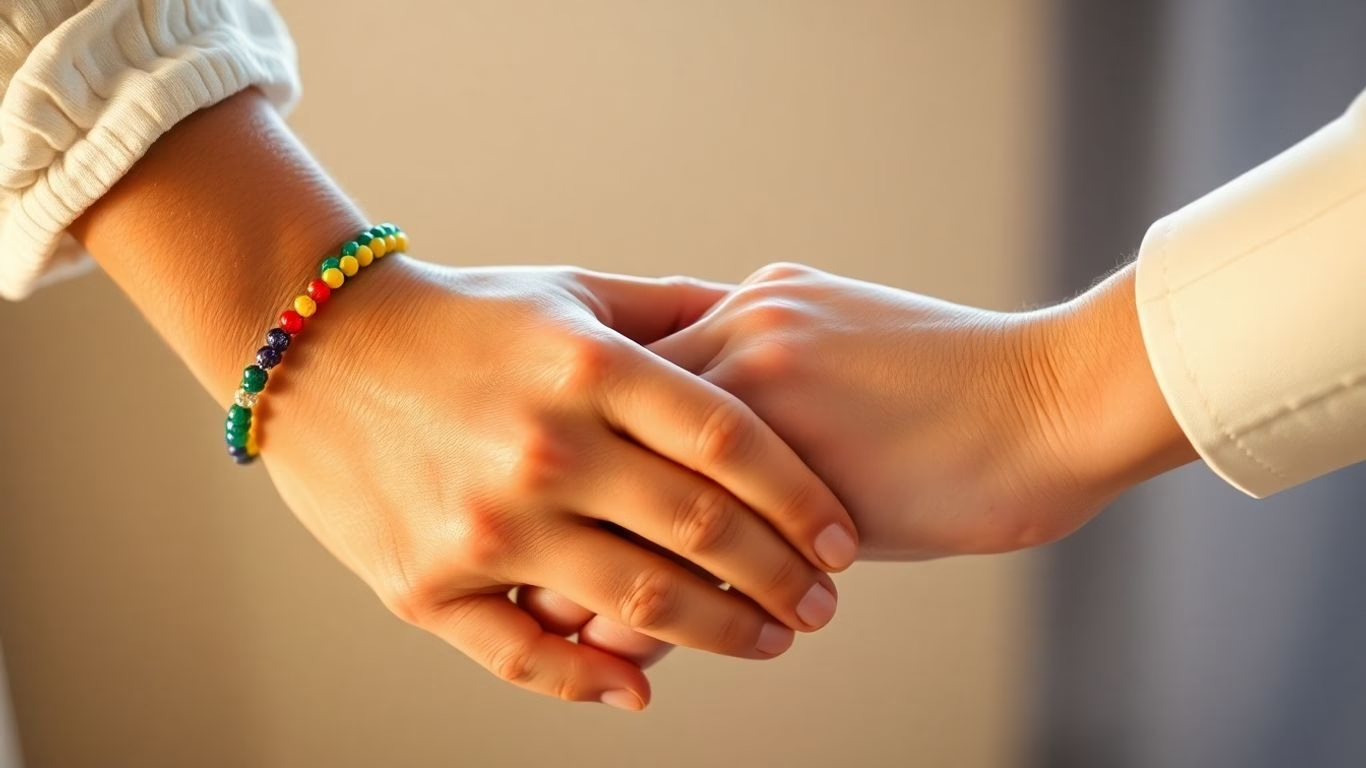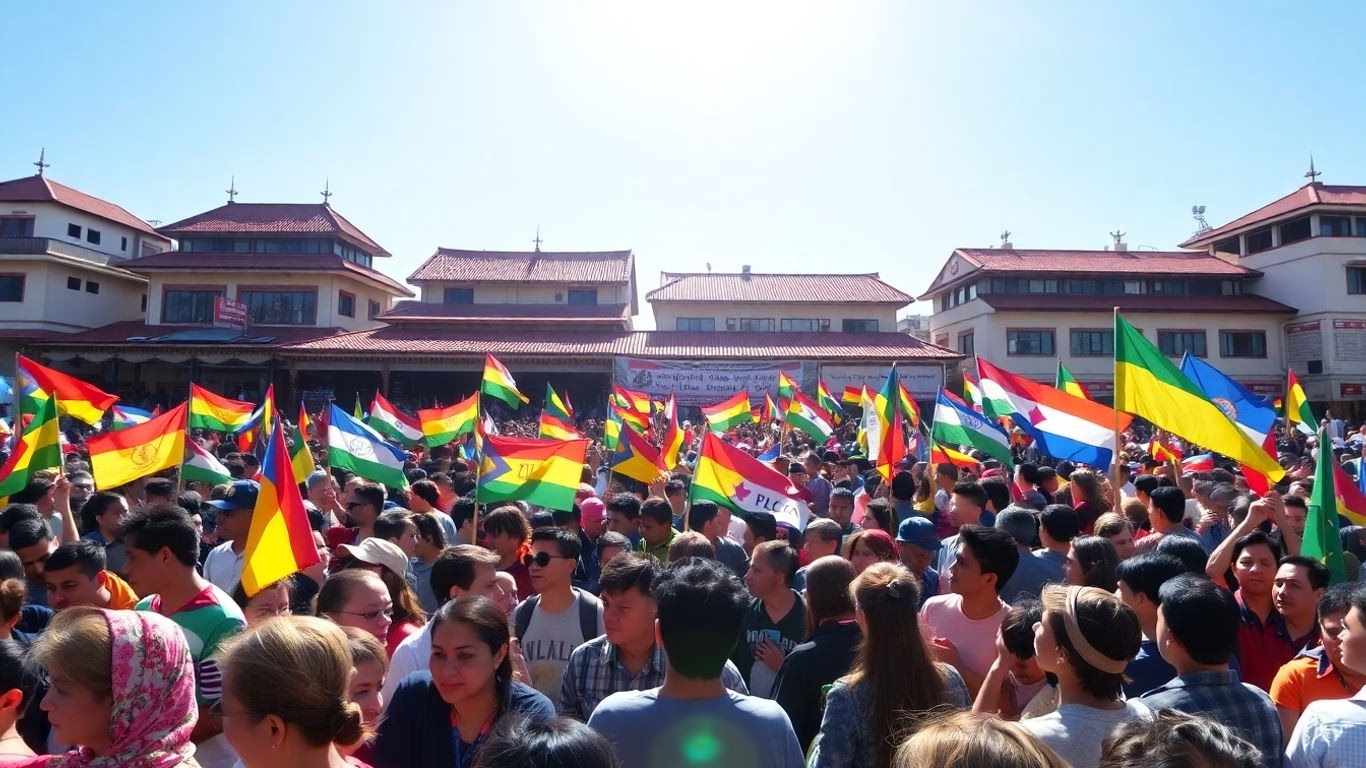SanctuaryNow.gay — Q1 2025 Shelter & Housing Report
Transparent, concise, and survivor-focused — this report summarizes our Shelter & Housing work for Q1 2025, including anonymized metrics, program activities, and financial allocations. All figures below are verified internally and will be included in our annual independent audit.
Executive summary
Q1 2025 was a period of heightened risk for LGBTQ+ people in several Muslim-majority countries due to political crackdowns and new legislation. SanctuaryNow.gay scaled emergency shelter and related services to meet surging demand while maintaining strict confidentiality protocols.
Scope & methodology
This report covers SanctuaryNow.gay’s Shelter & Housing activities from January 1 to March 31, 2025 (Q1 2025). Data sources include: intake forms (anonymized), partner shelter logs, counseling rosters, travel and placement receipts, and secure communications records. All personal identifiers were removed before analysis. Numbers reflect confirmed interventions we funded, coordinated, or directly managed.
Geographic coverage
- Region A — Tehran network (Iran): emergency safe-flats and rotating shelter placements.
- Region B — Lagos cluster (Nigeria): urban safe-houses and vocational stabilization support.
- Region C — Karachi corridor (Pakistan): transit-safe stops and secure onward travel facilitation.
Key program metrics (Q1 2025)
| Metric | Total (Q1 2025) | Notes |
|---|---|---|
| Individuals sheltered (unique) | 80 | Short-term emergency stays (average stay: 6–10 nights depending on case) |
| Counseling sessions (trauma-informed) | 120 | Includes in-person and encrypted-telecounseling sessions |
| Onward placements (safe relocation or referral) | 25 | Referrals to partner NGOs, asylum pathways, or private resettlement support |
| Emergency medical referrals | 18 | Medical triage and funded visits to trusted clinicians |
| Encrypted comms & SIMs distributed | 62 | Enables secure contact with caseworkers and family (if safe) |
Regional breakdown
Region A — Tehran network (Iran)
Individuals sheltered: 27
Counseling sessions: 40
Onward placements: 8
Activities included rotating safe-flats, discreet grocery deliveries, emergency medical referrals, and coordination with an underground clinic network. Average stay length: 7 nights. We prioritized survivors of forced “conversion” attempts and those at imminent risk of arrest.
Region B — Lagos cluster (Nigeria)
Individuals sheltered: 28
Counseling sessions: 36
Onward placements: 9
Activities included safe-house rentals, meals procurement, vocational-skills referrals, and legal-aid vouchers. Many arrivals were internally displaced from conservative states following reported community expulsions.
Region C — Karachi corridor (Pakistan)
Individuals sheltered: 25
Counseling sessions: 44
Onward placements: 8
Operations emphasized short-term transit support (1–5 nights), confidential medication drops, and safe travel bookings to onward locations. Transit-safe stops reduced roadside exposure and trafficking risk.
Demographics (anonymized, aggregated)
| Category | Percent of total served (N=80) |
|---|---|
| Young adults (18–29) | 62% |
| Trans and gender-diverse people | 28% |
| People living with chronic conditions (including HIV) | 18% |
| Arrivals from rural-to-urban displacement | 43% |
| Individuals reporting recent physical assault | 35% |
Services delivered (examples)
- Temporary shelter: furnished safe-flats and short-term safe-house placements.
- Basic needs: food parcels, hygiene kits, and clothing for newcomers.
- Medical referrals: urgent clinic visits, medication procurement, and follow-up support.
- Mental-health support: trauma-informed counseling, group peer sessions, and crisis hotline access.
- Protection & legal support: emergency legal vouchers, protective documentation pathways, and secure communications.
- Stabilization: vocational-skills referrals and basic cash assistance to transition to independent housing.
Q1 2025 Financial summary — Shelter & Housing program
Below is the program-level budget and expenditure summary for Shelter & Housing for Q1 2025. Figures are internal program accounting and will be included in our annual independent audit.
| Category | Amount (USD) | Notes |
|---|---|---|
| Program income (donations earmarked for Shelter) | $46,500 | Total received in Q1 |
| Rent & safe-house operations | $18,200 | Short-term rentals across 3 regions |
| Food & basic needs | $7,500 | Groceries, hygiene kits |
| Medical referrals & kits | $5,800 | Clinics, meds, emergency care |
| Mental-health services | $6,900 | Counselors, teletherapy sessions |
| Encrypted comms & travel | $3,600 | SIMs, secure phone lines, travel bookings |
| Legal vouchers & partner fees | $2,200 | Emergency legal aid |
| Monitoring, reporting & admin (program share) | $2,300 | Case management, secure data handling |
| Total Expenditure | $46,500 |
Note: We maintain a strict program-to-overhead ratio. Overhead (global administrative costs shared across all causes) is tracked centrally and allocated pro rata; the figures above show the program-level direct costs for Shelter & Housing in Q1 2025.
Impact snapshots (anonymized)
Snapshot A — Medical & shelter rescue: A transgender woman at imminent risk of arrest received a safe-flat placement, medical triage, and three counseling sessions. We later arranged vocational training and a referral to an onward placement partner.
Snapshot B — Transit corridor success: A family-like group traveling through Karachi received a transit stop, two nights of shelter, secure onward tickets, and emergency food kits; all four members were referred to partner services at their destination.
Monitoring, evaluation & accountability
We track each case with secure, encrypted case files. Key outcome indicators we measure include:
- Immediate safety outcome at exit (safe / at-risk).
- Number of nights sheltered.
- Access to essential medication and medical referrals completed.
- Connection to onward services or stabilization outcomes after 30 days.
Quarterly anonymized beneficiary feedback is collected and summarized, and all program finances are prepared for an annual independent audit.
Risks, constraints & mitigation
Main risks this quarter included sudden law-enforcement operations, landlord pressure, and donor-restricted funding. We mitigated these through rotating flats, discreet rental agreements, flexible cash reserves, and diversified funding streams.
Plans & priorities for next quarter
- Scale transit-safe stops in the Karachi corridor and Lagos to reduce exposure during travel.
- Increase mental-health capacity (aim: +40 counseling sessions/month) through remote providers.
- Establish an emergency relocation reserve to fund 30 onward placements in the next 6 months.
- Coordinate cross-cause referrals as we roll out four additional causes (Medical, Legal Aid, Psychosocial Support, Economic Stabilization) to ensure clients can access a multi-service pathway.
How to read this report & what we still need
This report is intentionally concise. If you’d like the full data tables, anonymized case logs, or the program-level ledger for Q1 2025, request them at connect@sanctuarynow.gay. We will provide secured access to stakeholders and donors on request.
Closing note
Q1 2025 showed both the fragility and resilience of the people we serve. Shelter saved lives. Counseling began healing. Your support turned emergency nights into a pathway forward for 80 people. We remain accountable: every quarter we publish metrics, anonymized client stories by consent, and audited financials. Together, we will expand support across the remaining four causes and continue to place dignity at the center of our work.





Leave a Reply